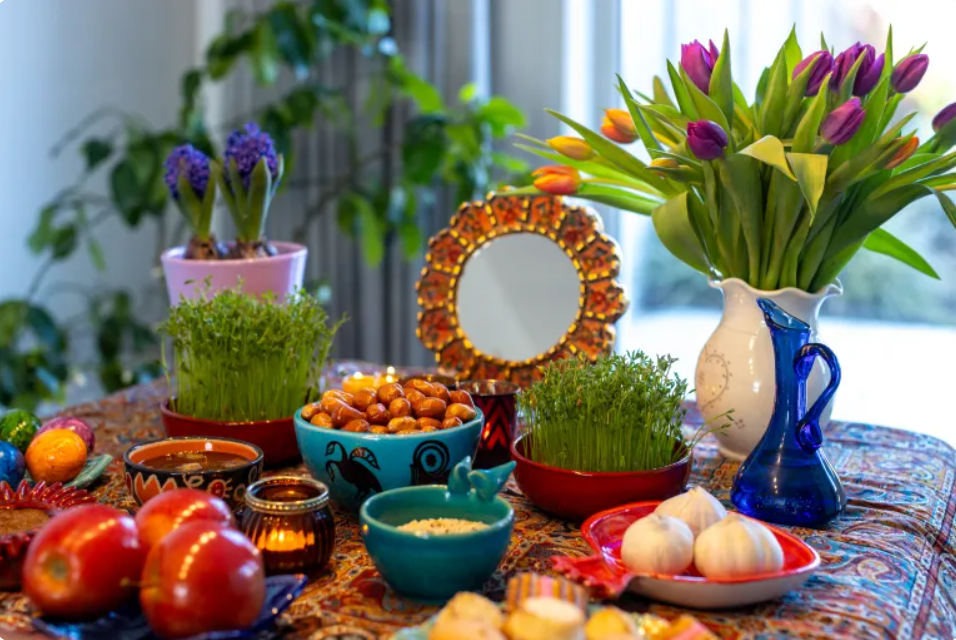Nowruz, translating to “New Day” in Persian, marks the onset of spring and the commencement of the Persian New Year. Rooted in Zoroastrianism, this ancient festival has been celebrated for over 3,000 years across various regions, including Iran, Central Asia, the Caucasus, the Balkans, and parts of the Middle East.
Timing of Nowruz 2025
Nowruz aligns with the vernal equinox, symbolizing renewal and balance. In 2025, this occurs on Thursday, March 20, at 12:31:30 PM Iran Standard Time (9:01:30 GMT). This precise moment varies globally:
- New York, USA: 5:01 AM EDT
- United Arab Emirates: 1:01 PM GST
- India: 2:31 PM IST
- Azerbaijan: 1:01 PM AZT
Celebratory Customs
Nowruz traditions emphasize purification, renewal, and community bonding. Common practices include:
- Khaneh-Tekani (House Cleaning): Families thoroughly clean their homes to eliminate negative energy and welcome freshness.
- Chaharshanbe Suri (Festival of Fire): On the eve of the last Wednesday before Nowruz, participants light bonfires and leap over them, chanting phrases that signify exchanging their paleness (illness) for the fire’s redness (health).
- Haft-Sin Table: A central element of Nowruz is the Haft-Sin table, which displays seven symbolic items, each starting with the Persian letter ‘S’ (Sin):
- Sabzeh (Sprouted Greens): Symbolizes rebirth and growth.
- Samanu (Sweet Pudding): Represents power and strength.
- Senjed (Dried Oleaster Fruit): Signifies love and compassion.
- Seer (Garlic): Denotes medicine and health.
- Seeb (Apple): Embodies beauty and health.
- Somāq (Sumac Berries): Reflects the sunrise and patience.
- Serkeh (Vinegar): Connotes aging and wisdom.
Additional items like a mirror (symbolizing reflection), candles (enlightenment), painted eggs (fertility), and goldfish (life) often adorn the table.
Culinary Traditions
Nowruz is also celebrated through the preparation of traditional dishes that vary by region but commonly include:
- Sabzi Polo Mahi: Herbed rice served with fish, symbolizing prosperity.
- Kuku Sabzi: An herb-filled frittata representing vitality.
- Ash Reshteh: A hearty noodle soup signifying the unraveling of life’s complexities.
These dishes not only honor the season’s fresh produce but also reinforce cultural ties and community bonds.
Global Observances
Beyond Iran, Nowruz is celebrated in countries like Afghanistan, Azerbaijan, Uzbekistan, Turkmenistan, Tajikistan, Kazakhstan, Kyrgyzstan, and among Kurdish communities in Iraq, Syria, and Turkey. Parsi and Zoroastrian communities in India and Pakistan also observe the festival, reflecting its widespread cultural significance.
In essence, Nowruz is a testament to the enduring human spirit, symbolizing hope, renewal, and the universal desire for a fresh start.
Reference is taken from here


